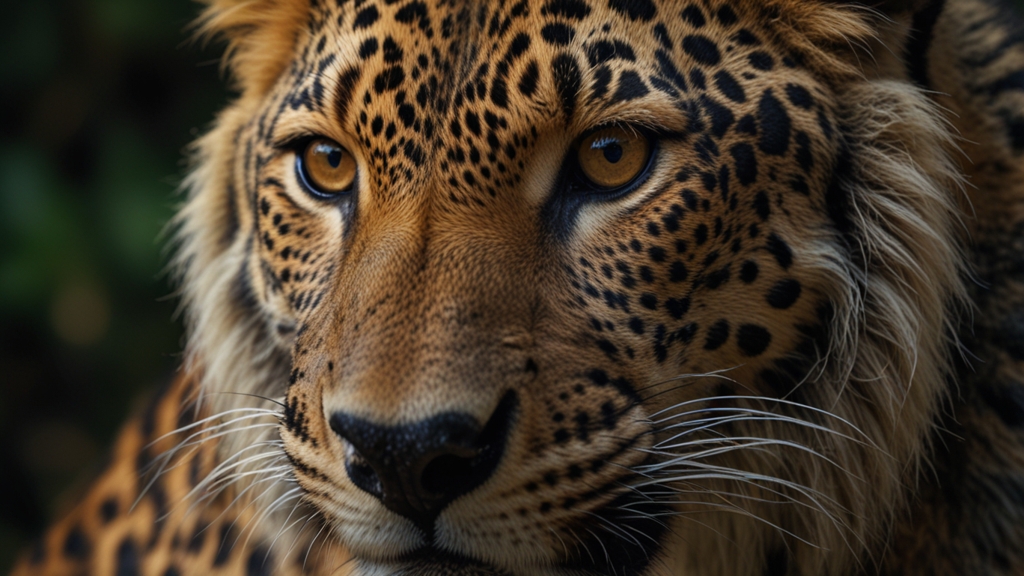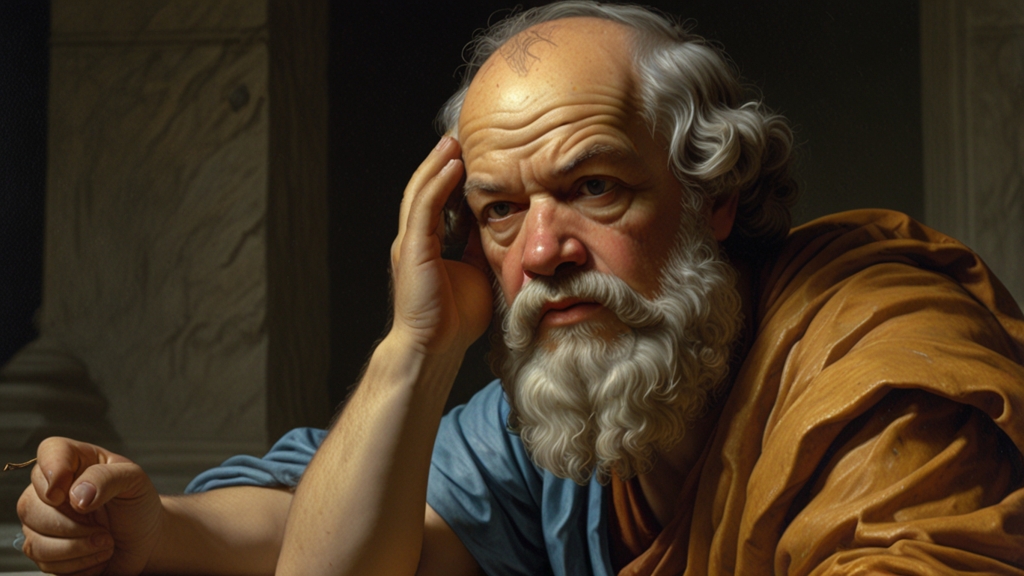Legends of the Tigris and Euphrates: Stories That Survive the Ages
The rivers Tigris and Euphrates, flowing through the historic region of Mesopotamia (modern-day Iraq, Kuwait, and parts of Syria, Turkey, and Iran), are the cradle of some of humanity's earliest civilizations. From these fertile riverbanks arose stories and legends that have woven themselves into the fabric of human culture, persisting across millennia. These tales, etched in clay tablets, sung in hymns, and whispered through generations, continue to capture the imagination of scholars, historians, and enthusiasts alike.
The Epic of Gilgamesh
Among the most famous legends emanating from the Mesopotamian landscape is the "Epic of Gilgamesh." This ancient poem, believed to be composed around 2100 BCE, recounts the adventures of Gilgamesh, the part-divine King of Uruk. The epic explores themes of friendship, the quest for immortality, and the inevitability of human mortality.
"Ever do we build our households, ever do we make our nests, And ever do brothers divide their inheritance, ever do feuds arise in the land."
In his journey, Gilgamesh befriends the wild man Enkidu, encounters gods and mythical creatures, and ultimately learns the wisdom of accepting one's limitations. The Epic of Gilgamesh not only serves as a reflection on human nature but also provides a rich tapestry of the beliefs and values of ancient Mesopotamian society.
The Legend of Enki and Ninhursag
The ancient Sumerians, who inhabited the lower part of Mesopotamia, left behind a plethora of myths involving their gods. One such intriguing legend is that of Enki, the god of water, and Ninhursag, the mother goddess. This tale highlights themes of fertility, conflict, and restoration, embodying the natural cycles that were so vital to the agrarian societies of the time.
"Enki, wise and resourceful, Lies in his chamber, still as a thing of clay. Ninhursag, with a heart of nurture, Restores her beloved with the essence of life."
According to the myth, Enki consumes forbidden plants and falls ill, prompting Ninhursag to heal him by creating eight deities, each assigned to heal a different part of his body. This myth not only underscores the importance of harmony between divine forces but also reflects the interconnectedness of natural elements symbolized by their gods.
The Great Flood Narrative
One of the most pervasive legends is the Great Flood, a story that echoes across cultures and religions. In Mesopotamian mythology, this narrative is most famously recounted in the "Epic of Atrahasis" and again within the "Epic of Gilgamesh." The tale involves the gods deciding to flood the earth, sparing only a single pious man, Atrahasis (or Utnapishtim in the Gilgamesh version), who builds an ark to save humanity and animal life.
These flood stories are strikingly similar to the biblical account of Noah's Ark, suggesting a shared cultural memory or interaction between ancient civilizations. The Mesopotamian flood myth serves as a profound commentary on the relationship between humans, their deities, and the environment.
"When the seventh day arrived, the flood carrying southward, Its fury subsided: Atrahasis opened the hatch. Light fell upon his face."
Conclusion
The legends of the Tigris and Euphrates endure because they resonate with universal human experiences and emotions. They offer insights into the hopes, fears, and values of an ancient people whose stories continue to echo through the corridors of time. As we delve into these myths, we not only uncover the rich cultural heritage of Mesopotamia but also reflect on the timeless narratives that connect us all.
In the heart of these ancient tales lies a testament to the power of storytelling, a tradition that transcends generations, reminding us of our shared humanity and the enduring legacy of our collective past.












